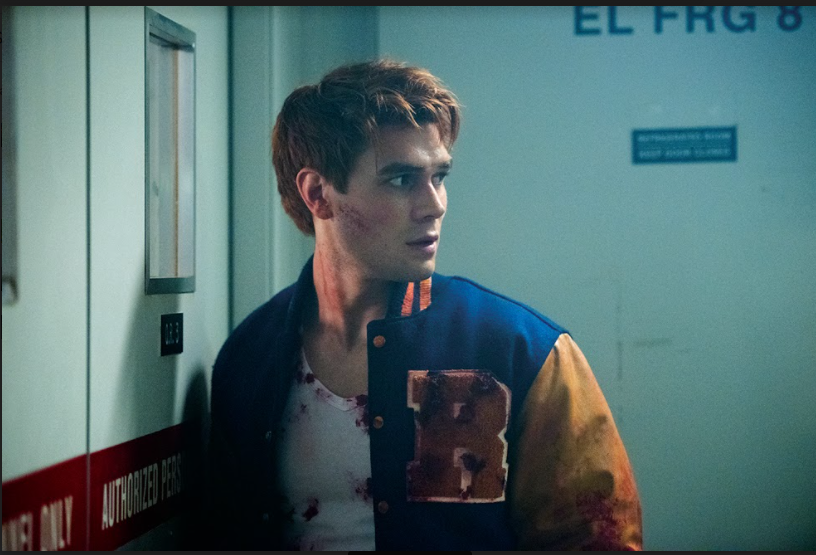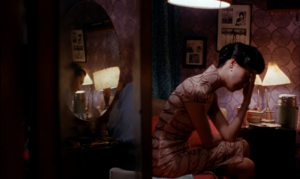A culmination of the rapid rise of SVOD services and a crackdown on torrent websites by the Australian Government in tandem with Internet Service Providers (ISPs) has led to a marked, albeit predictable, downturn in online piracy, according to the findings of the 2017 Online and On Demand report by Screen Australia. In other words, the suspicion held by most outside of the industry bubble was true: the problem that gave rise to Australia becoming the world leader in piracy – Australians pirated movies, music, television programs and computer games at more than double the rate of the United Kingdom, for instance – was more a matter of access than a selfish desire for free content.
These results, of course, could be anticipated by anybody with an eye on the discourse around this topic. Since being labelled in 2014 as the world’s ‘worst offender’ by then–attorney-general George Brandis, we’ve been seeing a significant diminishing of piracy in Australia. At that time, 29 per cent of Australians were said to have admitted to watching illegally downloaded content. The following year, the number fell to 24 per cent, then to 21 per cent by 2016. In November 2017, the number of Australians watching pirated film and television content had dropped 20 per cent from the year before (though no figures are cited for the number of hours of content being pirated). That 20 per cent drop in illegal content consumption has been recognised as a direct result of the government forcing ISPs to block user access to some fifty-nine torrent and illegal streaming websites.
However, it appears truly undeniable that subscription services such as Netflix, Stan and Foxtel; pay-as-you-go services like iTunes and Ozflix; and television streaming services, such as those by SBS and the ABC, have radically altered the viewing habits of Australian consumers. The rise of torrenting from the mid 2000s can surely be put down to our free-to-air television model becoming outdated, particularly for younger audiences who found free content a more convenient and, in many ways, more reliable reality. A strictly anecdotal experiment I conducted showed that I sat through some twenty-five minutes of advertisements screened at a louder volume than the Wednesday-night terrestrial-broadcast program I was watching, but that it also finished several minutes after schedule. It’s not hard to see why audiences would flock to the internet’s illegal methods.
On one hand, you could say all the money that consecutive Australian governments have allocated to combating piracy was well spent. On the other, that money could have been used to improve Australia’s internet infrastructure instead. The streaming revolution’s 100-pound gorilla is Netflix, and it only ventured into Australia in March 2015 – long after many had begun accessing international versions of the service using VPNs. This lost segment of consumers were fleeing free-to-air, yet had only Foxtel and iTunes to turn to for legal content, often still with long delays. Now, audiences can watch a series like Riverdale or RuPaul’s Drag Race as soon as it has aired in the US, allowing them to not only watch at their own convenience but also be part of the global social-media conversation. It goes without saying that this is obviously much more in line with audiences’ viewing habits, with recent findings by Switch Media showing that each Australian, on average, uses 4.3 streaming services.
Foxtel has experimented with and appears to have settled on this as the best means to curb the pirating of the world-famous television series Game of Thrones, to which it owns local rights as part of a deal with American cable network HBO. US network Showtime – home to the likes of Twin Peaks, Dexter and Our Cartoon President – has signed an agreement with Australian streaming service Stan. And the wildly popular Netflix remains the most subscribed-to SVOD service on Australian shores, even if the company won’t release figures of how many people are actually watching its array of content.
It’s an inexact science, but it’s hard not to consider this all very excellent news for the entertainment industry – even if many are still struggling with the allure of shiny new technologies. Things certainly remain tough for Australian content: while Netflix and Stan are slowly building their original, Australian-made slates, and Foxtel has doubled down on its production of Australian miniseries and television content, audiences figures remain difficult to access. While Stan was all too willing to boast about the apparent record-breaking success of its Romper Stomper series, the service – following suit with competitor Netflix – abstained from releasing actual viewing figures.
Until we begin to have easy, public access to viewership figures, we will never truly know if this downturn in illegal piracy has helped local content creators reach more viewers or merely allowed American and British content to prosper. In 2015, it was said that Josh Lawson’s The Little Death (2014) was, for a short time that year, the third-most illegally downloaded title in Australia, after US blockbusters American Sniper (Clint Eastwood, 2014) and Interstellar (Christopher Nolan, 2014). We are still waiting to hear if Australian films themselves are benefiting from our screen industries finally entering the future of content distribution.





